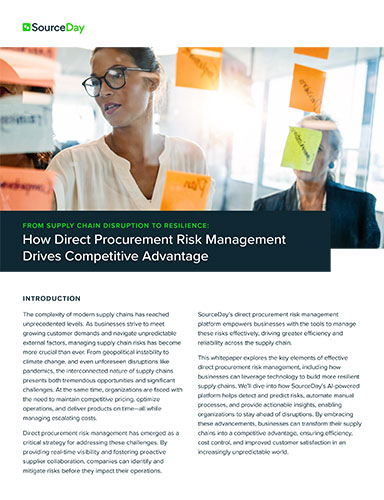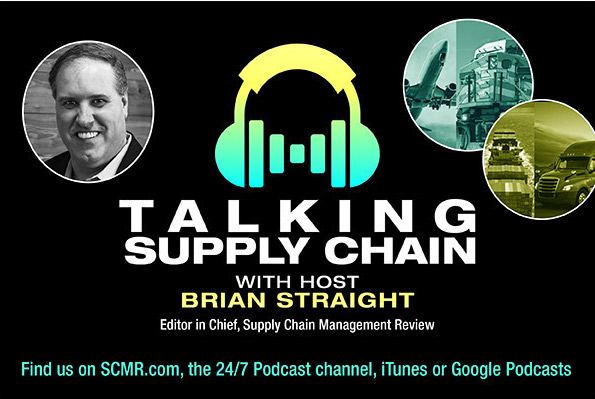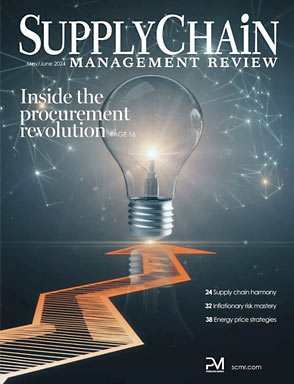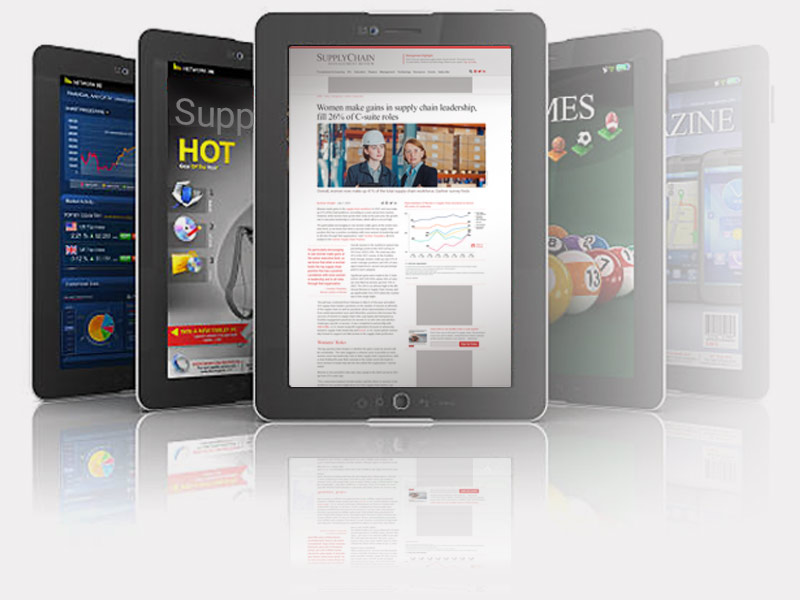In a world where uncertainty—driven by tariffs, labor shortages, and shifting consumer expectations—is the new normal, companies are rethinking how they manage and respond to supply chain risk. For Seagull Scientific, a company whose solutions span labeling, serialization, and real-time tracking, the answer is increasingly clear: item-level visibility is no longer optional. It’s foundational.
“It’s not about the tariffs themselves—it’s about the unpredictability they cause,” says Colby Cavanaugh, SVP of marketing at Seagull Scientific.
Visibility as a first move
The conversation around supply chain transformation often starts with macro investments: reshoring manufacturing, building new facilities, or overhauling transportation strategies. But Seagull is seeing a different sequence emerging—one where visibility comes first.
“People are investing in visibility ahead of investing in some of those longer-term structural changes that they have to make. You need the data. You need to understand what’s going on out there before you can make some of those decisions,” Cavanaugh says.
Preliminary results from a new survey Seagull is conducting with over 100 supply chain leaders support that trend. “Over 30% of those supply chain leaders are in the process of either piloting or adopting solutions to help them get visibility into the supply chain to be able to react,” he adds.
Item-level as the new standard
Seagull Scientific supports over 250,000 customers through its BarTender and Mojix product lines, powering labeling and serialization operations across industries. Their platform delivers item-level traceability from the point of production—“the birth of a product”—to in-store stocking, fulfillment, returns, and even post-sale authentication.
What differentiates item-level visibility is its granularity. Unlike traditional inventory systems that track boxes or pallets, item-level visibility monitors each individual product, including location, condition, and status in real time.
“It’s tracking point of sale, regular data, product placement, and then how that translates to conversion,” says Gustavo Rivera, Seagull’s chief technical officer.
This enables businesses to react not only faster—but smarter.
From FedEx to Chipotle: Use cases that prove the point
Seagull's visibility platform is already making an impact in high-stakes environments. For example:
- FedEx is tracking every subassembly used in line-side aircraft repair across more than 150 hubs.
“It's like Formula One almost,” says Rivera. “It’s how quick do I have the parts? Can I get this thing flying immediately and then optimizing that replenishment?”
- Chipotle is using it for food traceability and supplier compliance, tracking everything down to the expiration date and shelf life.
“Chipotle today… If there’s bad lettuce, they just throw it all out. If you at least isolate that to 20 stores in this region with a high level of confidence… that’s the difference.”
- Luxury brands use item-level tracking for post-sale authentication, supporting returns and combating counterfeits.
“They’re not only using that to run their operations … but also for authenticity. So now they’re using that traceability data actively today when customers bring products back to determine is this authentic or not.”
From data to decisions
Visibility starts with tracking, but it quickly extends to actionable intelligence. As companies pull in exponentially more data, the challenge becomes not just collecting it—but making sense of it in time to act.
“The challenge is how do I get meaning and intelligence from that data?” says Cavanaugh. “We’re getting more at the front end and … we need more clarity. So that’s where the investment is going.”
Rivera adds that the real breakthrough lies in how fast data can be turned into confident action.
“Even the simplest decisions like rebalancing your inventory … relies on not only the quality of the data, but how quickly you’re getting that data back into your systems,” he said.
Seagull is betting on AI to bridge that gap with Maven, a new decision-support tool that allows supply chain teams to surface risks and make decisions faster.
“You could just ask it what are my top risks for today? … [and it can tell you] you’re going to run out of stock here by Saturday,” Rivera added.
Beating the bottleneck
In the past, companies have viewed visibility as a “nice to have”—a secondary capability once core logistics and fulfillment systems were in place. But that thinking is shifting, the executives say.
“This feels a lot like Covid… but we've never had more processing power. The hardware’s never been better,” says Cavanaugh.
And as costs rise through inflation, tariffs, or transportation bottlenecks, even small errors become expensive.
“As everything gets more expensive … I can’t afford to lose 5% [inventory] now. Suddenly that’s a massive hit,” he says.
Visibility is the new resilience
In today’s supply chain landscape, seeing clearly is the first step to acting wisely. Whether it’s accelerating parts to keep a jet flying or isolating tainted food before it triggers a national recall, item-level visibility isn’t just about tracking products—it’s about empowering action.
“It’s just becoming more important now… especially with tariffs. Are they making the right decisions to minimize the impact?” says Rivera.
For many companies, the ability to answer that question begins with knowing exactly where every item is—and what it means.
SC
MR


More Visibility
- Every item counts: The role of item-level visibility in a modern supply chain
- AI: The key to navigating supply chain challenges in an uncertain world
- Industry leaders weigh in with 2025 predictions
- RR Donnelley survey identifies supply chain leaders’ preferred paths to the future
- It’s high time to go beyond visibility
- More Visibility
What's Related in Visibility

 Explore
Explore
Topics
Procurement & Sourcing News
- C.H. Robinson rolls out AI agent to address LTL classification overhaul
- Danone latest to announce new US investment
- Uber Freight’s Val Marchevsky to deliver Keynote at NextGen Supply Chain Conference
- Unlocking the green grid: Innovations for eco-friendly last mile
- Dealing with supply chain complexities with scenario intelligence
- Securing critical minerals during a global trade war
- More Procurement & Sourcing
Latest Procurement & Sourcing Resources

Subscribe

Supply Chain Management Review delivers the best industry content.

Editors’ Picks




